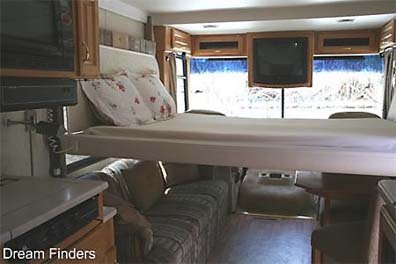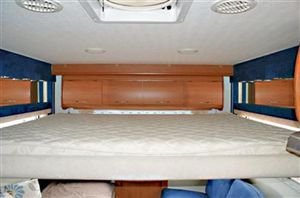itself said:
Well, we just got back from Zion and Bryce National parks. Now that I am looking around at RVs, gosh, we saw a lot of the CruiseAmerica rental ones. Some were larger than others, and I am curious, on the longer ones, there seems to be a lot of RV behind the back wheels. It almost seems like on the longer ones, they should put another set of wheels to support it.
Thoughts? They just seem a bit disproportionate.
We are looking forward to going to a show to check these out, as they seem a bit more manageable than the large Class A motorhomes (that is easier to drive, perhaps).
Thanks!
Lisa
There are advantages and disadvantages of each.
For the same size RV:
Class C can sleep more people.
Usually easier to repair or have repaired when something breaks.
Has three doors, instead of only one.
Class A's seem more roomy to most people. You're up higher, get a better view. More glass to look out of. You can see the top better, unlike a Class C where you can forget you're in a RV and forget about the several feet above your head and easily run into something.
In fact, I own a Class C but can understand how a Class A would be easier to drive. The familiar "van" feel of a Class C can be dangerous because of the overhang behind the rear axle as well as above the driver's head where the driver cannot see. The Class C driver has to think about both, especially when driving slow, such as in a parking lot near buildings or fences.
If you drive both, a regular van and a Class C, you better remember which you're in when parking under stuff!
Class A's are designed to be RV's when built. A Class C was designed to be a cargo van and the RV part is added.
This 24 foot class C is a 2000 Express Van made into a RV. Didn't even have a cruise control. But it's designed to be a cargo van, not a RV. So I added a cruise control myself.
When I was RV shopping, I would have considered either A or C, , as long as it was no longer than this 24 footer. But it seems small Class A's for sale are very rare out here in the west, new or used, but I do sometimes see such on the road.
-Don- in Corning, CA



